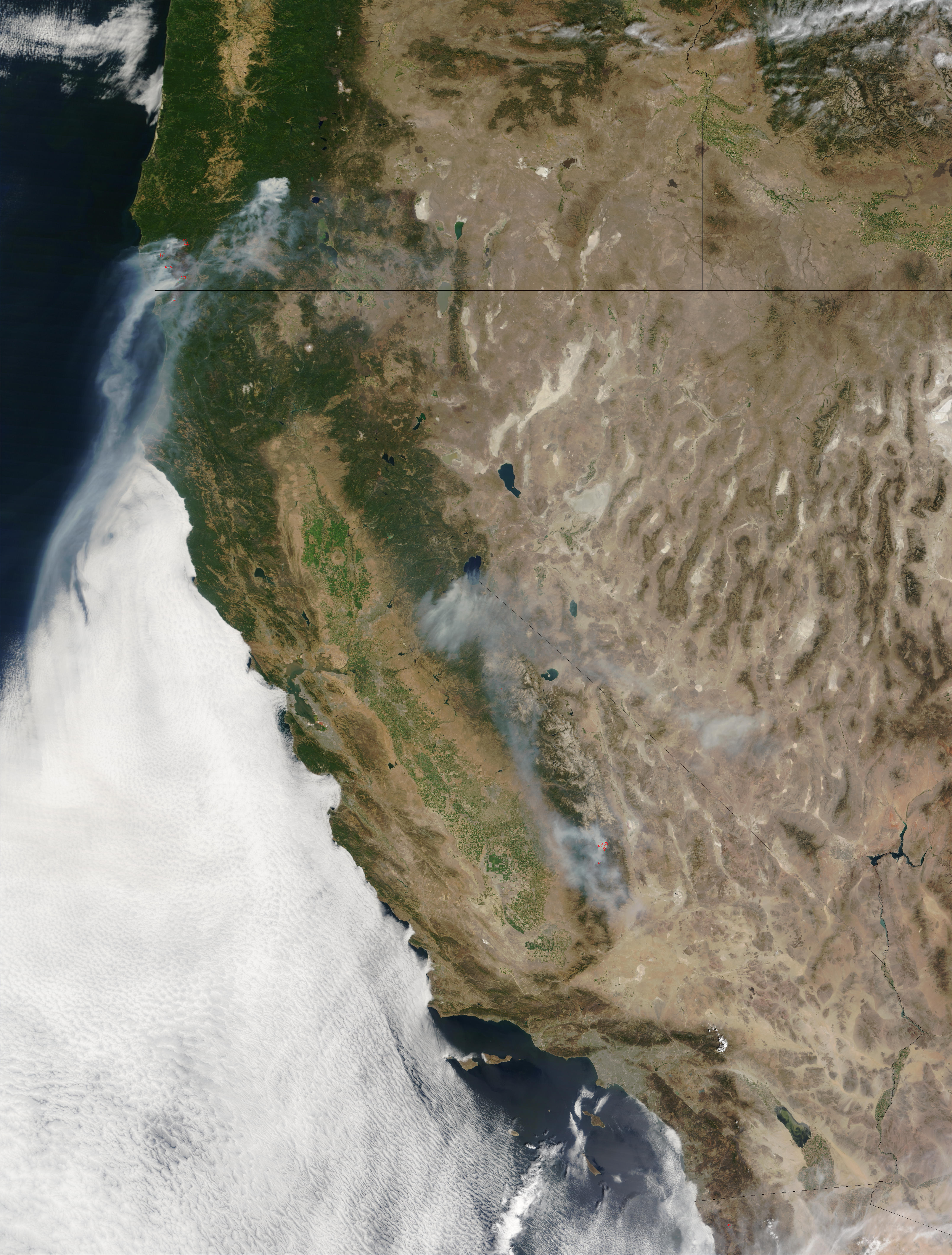
Fatal LA Wildfires: Palisades and Eaton Fires Scorch and Kill
In the tranquil hills of Los Angeles, amidst the iconic Palisades Village and the verdant Eaton Canyon, an inferno raged that left an unfathomable trail of devastation. The Palisades and Eaton Canyon fires swiftly consumed over 230 acres, leaving behind a charred and smoldering landscape, homes and businesses reduced to ashes, and tragically, precious lives lost. As the embers cool and the smoke clears, a closer examination reveals the intricate tapestry of causes, consequences, and unresolved issues surrounding these catastrophic events.
Unraveling the Causes: A Complex Interplay of Factors
Investigators diligently piece together the sequence of events that led to the outbreak of the Palisades and Eaton Canyon fires. A persistent drought, propelled by an unrelenting climate shift, had left the vegetation parched and vulnerable. High Santa Ana winds, gusting at speeds of up to 60 miles per hour, fanned the flames into a raging inferno. Human negligence also played a role, with a spark from a discarded cigarette suspected as the possible ignition source for the Palisades fire.
"The confluence of drought, wind, and human carelessness created a perfect storm for this tragedy," lamented LA County Fire Chief Daryl Osby. "We must address these underlying factors to prevent such devastating outcomes in the future."
Immediate Impact: Lives Lost and Communities Shattered
The fires wreaked havoc upon the affected communities, taking with them precious lives and leaving behind immeasurable loss and sorrow. As of this writing, three lives have been tragically claimed, with countless others suffering severe injuries. The relentless flames consumed over 600 structures, including homes, businesses, and treasured landmarks. Personal belongings, irreplaceable mementos, and cherished memories were reduced to ash, leaving survivors reeling in the aftermath.
"Our community is shattered," said a tearful resident of the Palisades neighborhood. "Everything we had built and cherished is gone. We don't know where to turn or how we'll recover."
Exploring the Context: Roots of Vulnerability
The Palisades and Eaton Canyon fires cannot be fully understood without considering the deeper vulnerabilities that made them so destructive. Overdevelopment, sprawling human settlements encroaching upon natural ecosystems, has increased the risk of catastrophic wildfires. Additionally, a lack of adequate vegetation management, including controlled burns and clearing of undergrowth, allowed the dense, fuel-rich environment to serve as kindling for the inferno.
"We have allowed our cities to spread into high-risk fire zones without proper planning and mitigation," said environmental advocate Celeste Maldonado. "We must prioritize fire-resistant landscaping, create defensible spaces around homes, and implement proactive land-use policies."
Climate Change: An Accelerating Threat
The devastating wildfires in Los Angeles serve as a stark reminder of the escalating threats posed by climate change. Rising global temperatures and prolonged droughts are creating increasingly arid conditions, making vegetation more flammable and increasing the likelihood of extreme wildfires. Scientists unequivocally attribute climate change to the intensification and frequency of these catastrophic events.
"The wildfires we are witnessing are not isolated incidents," warned renowned climatologist Dr. James Hansen. "They are a consequence of human-induced climate change, and we must take immediate action to mitigate its effects."
Long-Term Consequences: Rebuilding and Resilience
As the flames subside, the arduous task of rebuilding and recovery begins. The physical reconstruction of homes and businesses is merely the first step in a long and complex process. Survivors face immense emotional trauma, financial burdens, and the overwhelming challenge of restoring their lives. Community support and expert assistance will be crucial in the months and years ahead.
"We are committed to helping our residents rebuild and recover from this tragedy," stated LA Mayor Eric Garcetti. "We will work tirelessly to provide housing assistance, mental health support, and resources to help them overcome this adversity."
Lessons Learned: Towards a Safer Future
The Palisades and Eaton Canyon fires have left an enduring legacy of lessons to be learned. A thorough investigation will shed light on the specific causes and policy failures that contributed to the extent of the damage. This knowledge will serve as a blueprint for improvements in wildfire prevention, response, and mitigation strategies.
"We must invest in research and development to enhance our understanding of wildfire behavior and develop new technologies to combat them," emphasized fire scientist Dr. Victoria Sutton. "We also need to strengthen our community preparedness plans and educate residents about fire safety."
Conclusion: A Call for Vigilance and Collaboration
The Palisades and Eaton Canyon wildfires have left an unforgettable scar upon the heart of Los Angeles. The tragic loss of life, the devastation of property, and the profound emotional trauma serve as a call to action. Addressing the underlying causes of wildfires, from climate change to vegetation management and land-use policies, is paramount to preventing future disasters. Collaboration among scientists, policymakers, emergency responders, and communities is essential to build safer and more resilient cities.
As we emerge from the ashes, let us honor the memories of those we have lost by committing to a future where wildfires are no longer the harbingers of devastation but reminders of our collective resilience and determination to protect our communities and the natural world upon which we depend.
Comments
Post a Comment